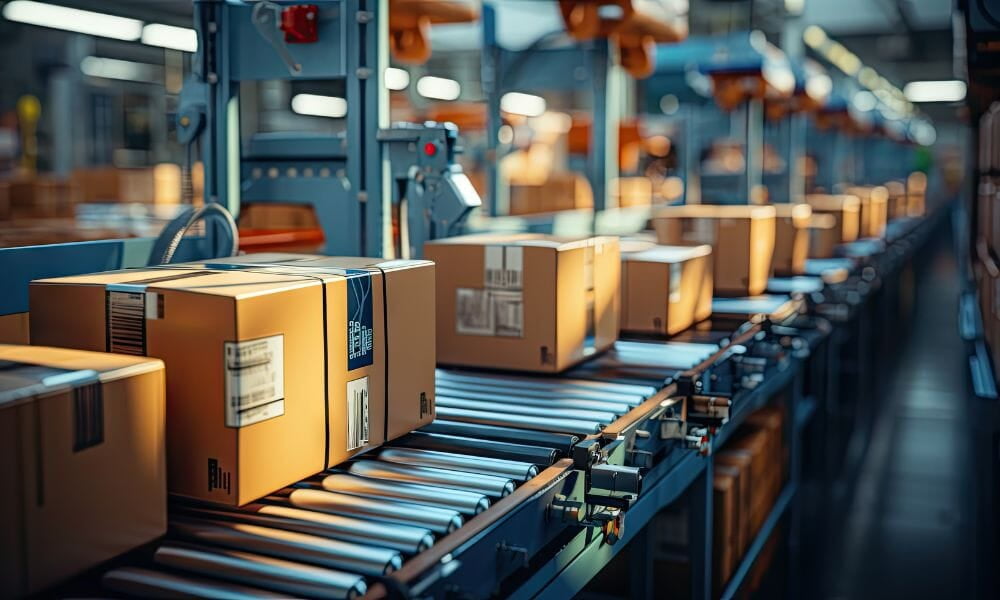
Businesses use industrial packaging to protect goods during transportation, storage, and handling. Different types of materials, including corrugated boxes, stretch and shrink films, and strapping, ensure consumers receive their goods in the best condition. Common misconceptions about industrial packaging may lead businesses to miss out on optimizing their systems. Discover the truth about packaging to enhance the safety and efficiency of product delivery.
Industrial Packaging Adds Excessive Cost
Some mistakenly believe that industrial packaging substantially inflates operational expenses. The reality, however, is that strategic packaging solutions can result in significant long-term cost savings. By investing in high-quality, durable materials, businesses minimize the risk of product damage and returns, which can be a far greater expense.
Another aspect to consider is the advancements in packaging technology that promote cost-efficiency. Modern packaging systems provide customizable solutions that fit specific product dimensions, reducing material waste and optimizing shipping density. Thus, investing in industrial packaging can yield substantial financial returns.
One-Size-Fits-All Is Sufficient
Another common misconception about industrial packaging is that a one-size-fits-all approach meets businesses’ needs most effectively. This method overlooks the intricacies of individual product requirements and the impact of bespoke packaging design on brand perception. Custom packaging not only reinforces brand identity but can also accommodate and protect unique product features.
Furthermore, tailored packaging solutions often entail innovative materials and design options that cater to specialized products. For example, fragile items may require cushioning or shock-absorbing materials, while perishables benefit from moisture-resistant packaging. Such considerations are crucial in maintaining the quality of goods during transit.
It’s Too Difficult To Make Packaging More Sustainable
Businesses and consumers benefit from improving packaging sustainability, but for many, this goal can seem unattainable. This misconception often arises from perceived barriers such as increased costs, limited materials, and complex implementation processes.
However, advancements in technology and increased market demand for sustainable products have significantly reduced these obstacles. Companies now have access to a wider range of eco-friendly materials and manufacturing processes that are both cost-effective and environmentally responsible.
Packaging equipment manufacturers leverage advanced robotics and automation technologies to enhance the efficiency of packaging processes, thereby reducing waste and energy consumption. Furthermore, integrating sensors and other smart system components into packaging equipment allows for real-time monitoring and optimization of packaging operations, ensuring minimal environmental impact.
While businesses sometimes misconceive packaging as an unnecessary operational expense, strategic investment in quality and custom solutions offers long-term financial and branding benefits. Additionally, technological innovations and market shifts toward eco-friendly options help manufacturers and businesses adopt more sustainable practices. Businesses stand to gain significantly by reevaluating their packaging strategies to prioritize customization, cost-effectiveness, and sustainability. Explore and integrate advanced packaging solutions to enhance your company’s operational efficiency.
